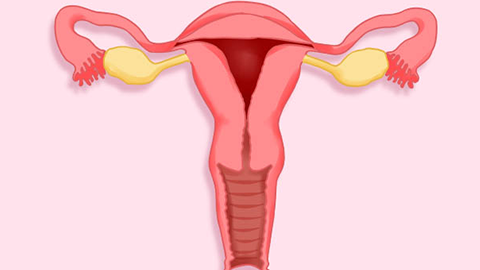What does it mean to have an anteverted uterus during pregnancy?
Generally, anterior uterine position during pregnancy refers to a position where the cervix points downward toward the posterior vaginal fornix, and the uterine body tilts forward. A detailed explanation is as follows:

During pregnancy, an anterior uterine position usually does not negatively affect the health of the mother or the fetus. In fact, an anterior uterine position may increase the chances of conception, as the cervix is more accessible to sperm. Additionally, during pregnancy, as gestational age increases, the uterus gradually enlarges and may sometimes assume an anterior position, which is considered a normal physiological change.
In some cases, an anterior uterine position may be associated with placenta previa. Placenta previa refers to a condition in which the placenta is located in the lower segment of the uterus or covers the cervical opening, potentially increasing the risk of antepartum hemorrhage and preterm birth. If placenta previa is diagnosed during pregnancy, the physician will closely monitor both maternal and fetal conditions and implement appropriate measures to ensure safety.
In daily life, it is important to get adequate rest, avoid strenuous activities, and follow a healthy diet, including supplementation with folic acid and calcium, to support a healthy pregnancy. If any discomfort occurs, seek immediate medical attention.




